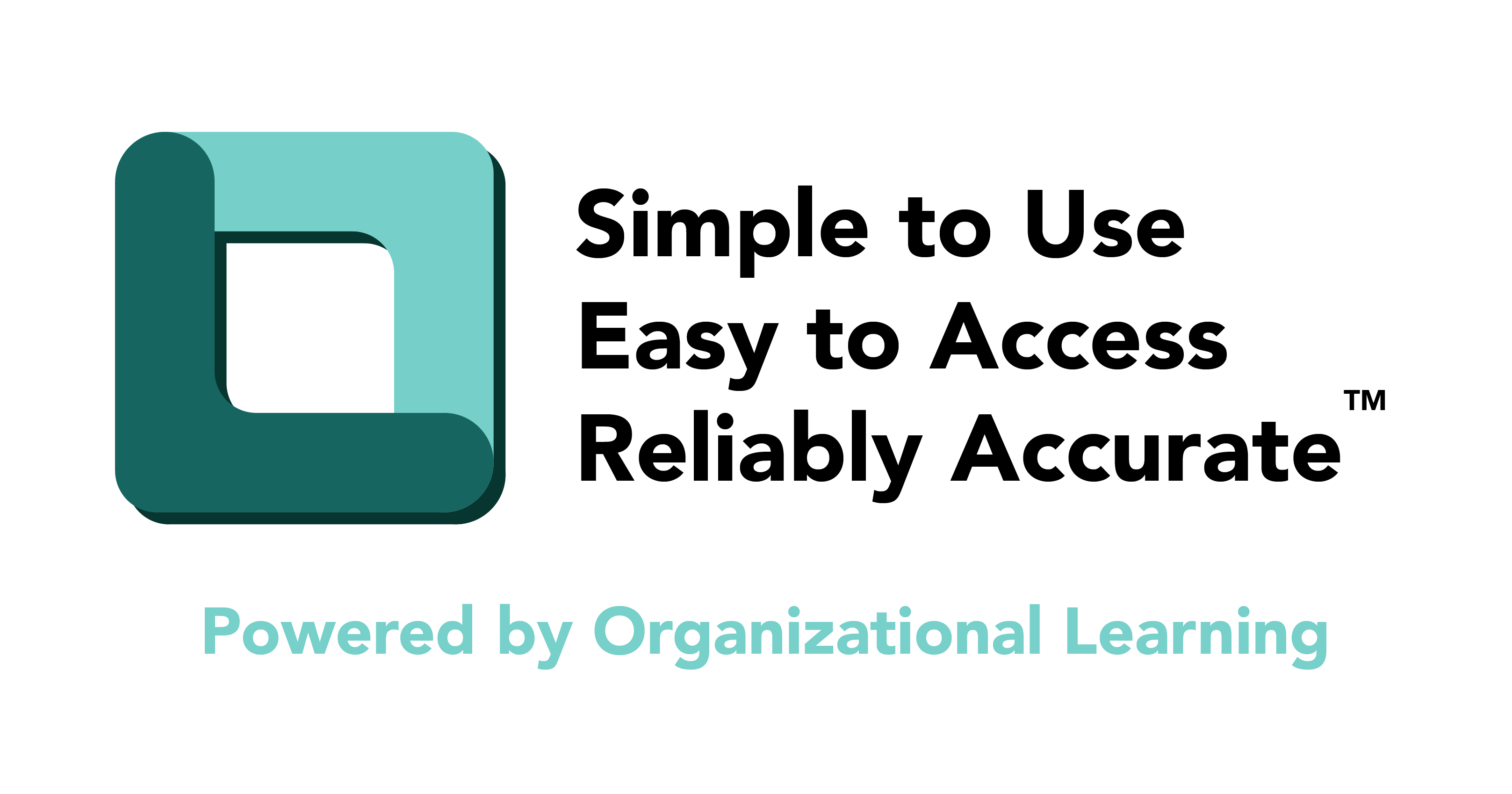Learning Analysis
Case Sample
Analysis and Learning Path development helps identify and define the business and learning objectives of a program’s training products – and role-specific outcomes.
This Case Sample is the performance of a Learning Analysis and Learning Path Development for an Assembly Line Maintenance Technician role. Conducting interviews, reviewing data and role functions – the knowledge, skills, and abilities required of the role were identified and organized into Learning Objectives and a Learning Path design that defined the path an Assembly Line Maintenance Technician takes from New Hire to Expert-in-Role.
Using this analysis as a roadmap, training teams are able to design and develop training materials and interventions that are matched to role-, team-, and business-objectives.
An effective Training Analysis can yield several positive outcomes:
Identifying Training Needs: By thoroughly analyzing the skills, knowledge, and competencies required for various roles within an organization, a training analysis can pinpoint areas where employees may need additional training or development.
Aligning Training Objectives with Organizational Goals: Through analysis, training programs can be tailored to align with the strategic objectives of the organization. This ensures that training initiatives contribute directly to the overall success and growth of the business.
Optimizing Resource Allocation: Understanding training needs allows organizations to allocate resources efficiently. By focusing resources on areas of greatest need, organizations can maximize the return on investment in training programs.
Improving Employee Performance: Targeted training initiatives can lead to improved employee performance. By addressing skill gaps and providing opportunities for growth, employees can become more proficient in their roles, leading to increased productivity and efficiency.
Enhancing Employee Engagement and Satisfaction: Providing training opportunities demonstrates a commitment to employee development, which can boost morale and job satisfaction. Engaged employees are more likely to remain with the organization and contribute positively to its success.
Reducing Turnover and Attrition: When employees feel supported and valued through training initiatives, they are more likely to remain with the organization. This can help reduce turnover and the associated costs of recruiting and training new employees.
Fostering a Learning Culture: A training analysis can help create a culture of continuous learning within an organization. By emphasizing the importance of ongoing development, employees are encouraged to seek out opportunities for growth and improvement.
Adapting to Changing Business Needs: As business requirements evolve, so too must the skills and knowledge of employees. A training analysis allows organizations to stay ahead of these changes by identifying emerging needs and adjusting training programs accordingly.
Organizational Learning teams deliver Learning and Training Analysis that serves as a foundation for strategic workforce development, enabling organizations to align their training efforts with business objectives, enhance employee performance, and foster a culture of learning and growth.
Custom Training and Learning Analysis

